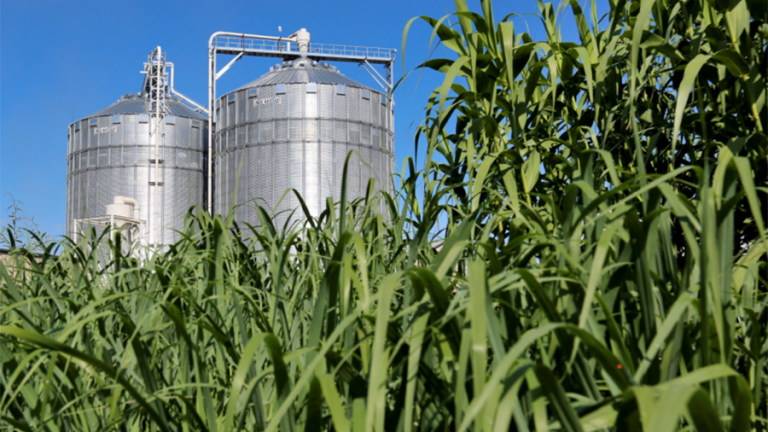
Capping global warming at 1.5 degrees Celsius is a tall order. Achieving that goal will not only require a massive reduction in greenhouse gas emissions from human activities, but also a substantial reallocation of land to support that effort and sustain the biosphere, including humans. More land will be needed to accommodate a growing demand for bioenergy and nature-based carbon sequestration while ensuring sufficient acreage for food production and ecological sustainability.
The expanding role of land in a 1.5 C world will be twofold — to remove carbon dioxide from the atmosphere and to produce clean energy. Land-based carbon dioxide removal strategies include bioenergy with carbon capture and storage; direct air capture; and afforestation/reforestation and other nature-based solutions. Land-based clean energy production includes wind and solar farms and sustainable bioenergy cropland. Any decision to allocate more land for climate mitigation must also address competing needs for long-term food security and ecosystem health.
Land-based climate mitigation choices vary in terms of costs — amount of land required, implications for food security, impact on biodiversity and other ecosystem services — and benefits — potential for sequestering greenhouse gases and producing clean energy.
Now a study in the journal Frontiers in Environmental Science provides the most comprehensive analysis to date of competing land-use and technology options to limit global warming to 1.5 C. Led by researchers at the MIT Center for Sustainability Science and Strategy (CS3), the study applies the MIT Integrated Global System Modeling (IGSM) framework to evaluate costs and benefits of different land-based climate mitigation options in Sky2050, a 1.5 C climate-stabilization scenario developed by Shell.
Under this scenario, demand for bioenergy and natural carbon sinks increase along with the need for sustainable farming and food production. To determine if there’s enough land to meet all these growing demands, the research team uses the global hectare (gha) — an area of 10,000 square meters, or 2.471 acres — as the standard unit of measurement, and current estimates of the Earth’s total habitable land area (about 10 gha) and land area used for food production and bioenergy (5 gha).
The team finds that with transformative changes in policy, land management practices, and consumption patterns, global land is sufficient to provide a sustainable supply of food and ecosystem services throughout this century while also reducing greenhouse gas emissions in alignment with the 1.5 C goal. These transformative changes include policies to protect natural ecosystems; stop deforestation and accelerate reforestation and afforestation; promote advances in sustainable agriculture technology and practice; reduce agricultural and food waste; and incentivize consumers to purchase sustainably produced goods.
If such changes are implemented, 2.5–3.5 gha of land would be used for NBS practices to sequester 3–6 gigatonnes (Gt) of CO2 per year, and 0.4–0.6 gha of land would be allocated for energy production — 0.2–0.3 gha for bioenergy and 0.2–0.35 gha for wind and solar power generation.
“Our scenario shows that there is enough land to support a 1.5 degree C future as long as effective policies at national and global levels are in place,” says CS3 Principal Research Scientist Angelo Gurgel, the study’s lead author. “These policies must not only promote efficient use of land for food, energy, and nature, but also be supported by long-term commitments from government and industry decision-makers.”





